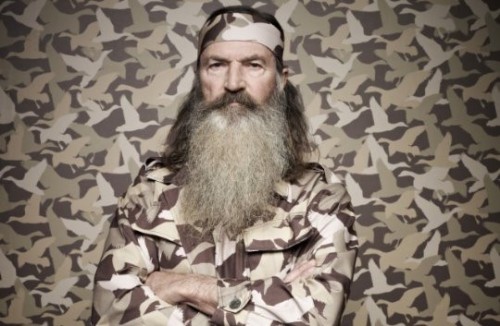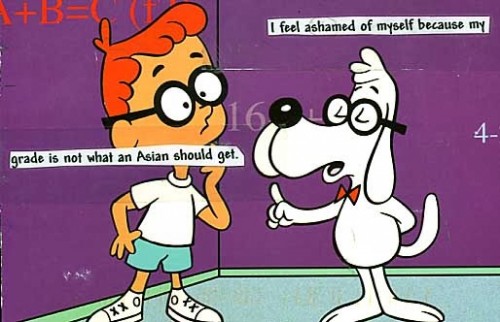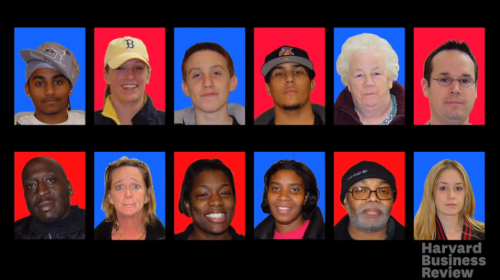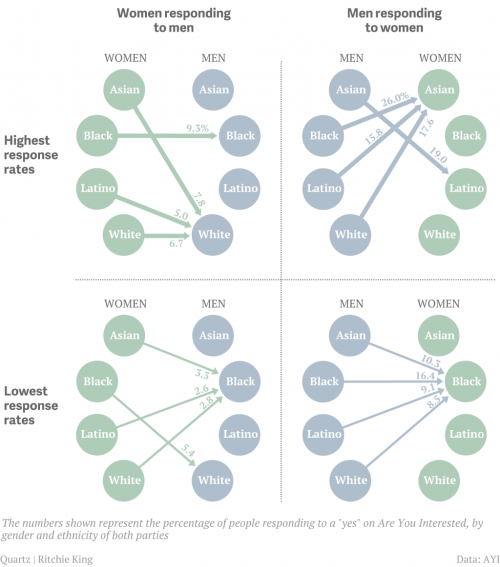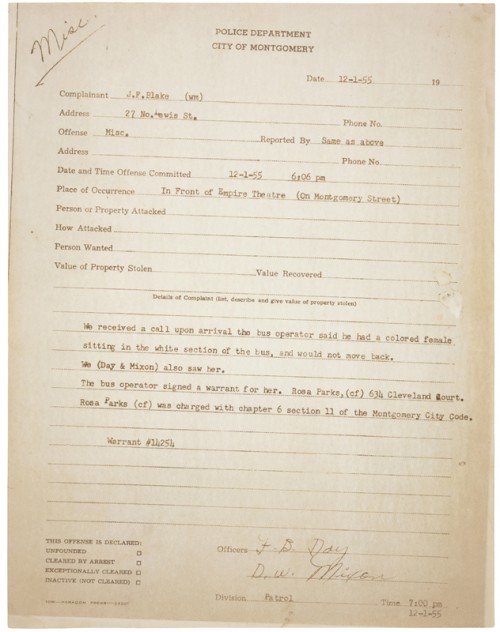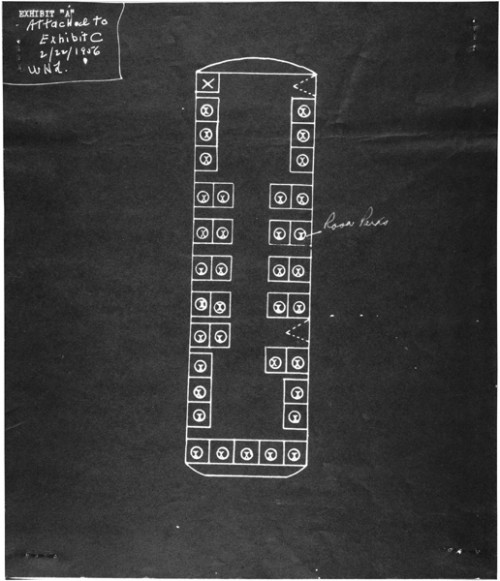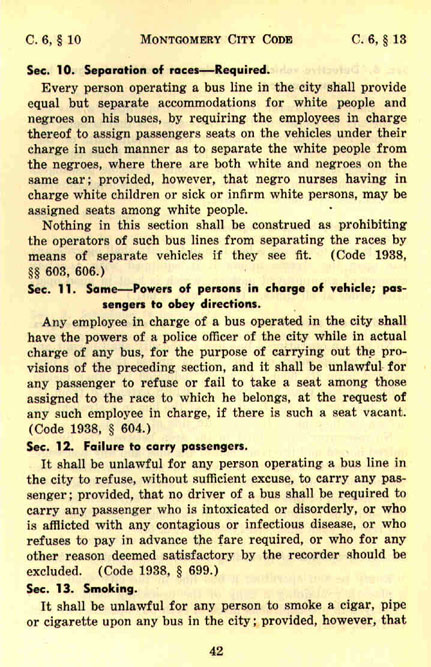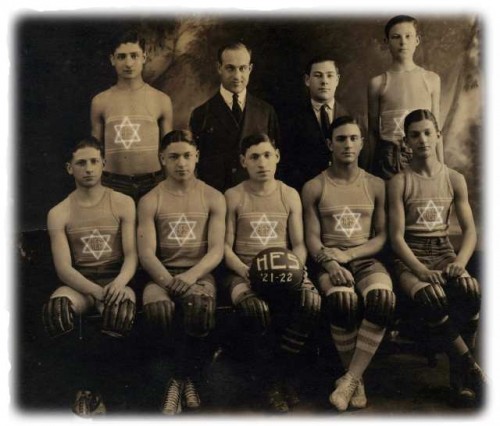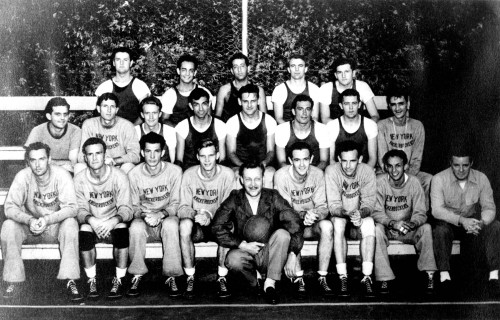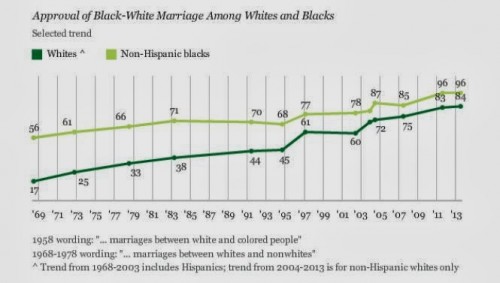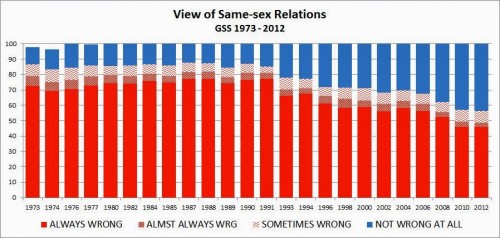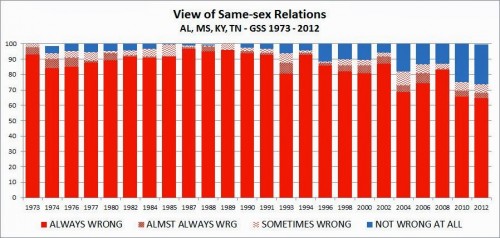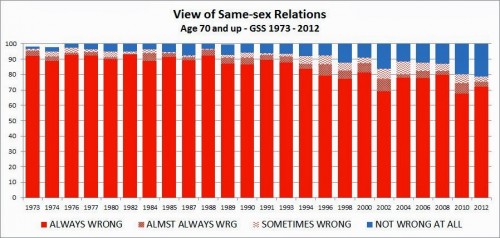This Duck Dynasty thing seems to have everyone’s undies in a culture war bunch with lots of hand wringing about free speech (find out why this is ridiculous here), the persecution of Christians, and the racism, sexism, and homophobia of poor, rural, Southern whites.
There is, however, an underlying class story here that is going unsaid.
Phil Robertson is under fire for making heterosexist comments and trivializing racism in the south in GQ. While I wholeheartedly and vociferously disagree with Robertson, I am also uncomfortable with how he is made to embody the “redneck.” He represents the rural, poor, white redneck from the south that is racist, sexist, and homophobic.
This isn’t just who he is; we’re getting a narrative told by the producers of Duck Dynasty and editors at GQ—extremely privileged people in key positions of power making decisions about what images are proliferated in the mainstream media. When we watch the show or read the interview, we are not viewing the everyday lives of Phil Robertson or the other characters. We are getting a carefully crafted representation of the rural, white, Southern, manly man, regardless of whether or not the man, Phil Robertson, is a bigot (which, it seems, he is).
The stars of Duck Dynasty eight years ago (left) and today (right):
This representation has traction with the American viewing audience. Duck Dynasty is the most popular show on A&E. Folks love their Duck Dynasty.
There are probably many reasons why the show is so popular. Might I suggest that one could be that the “redneck” as stereotyped culture-war icon is pleasurable because he simultaneously makes us feel superior, while saying what many of us kinda think but don’t dare say?
Jackson Katz talks about how suburban white boys love violent and misogynistic Gangsta Rap in particular (not all rap music is sexist and violent, but the most popular among white audiences tends to be this kind). Katz suggests that “slumming” in the music of urban, African American men allows white men to feel their privilege as white and as men. They can symbolically exercise and express sexism and a sense of masculine power when other forms of sexism are no longer tolerated. Meanwhile, everybody points to the rapper as the problem; no one questions the white kid with purchasing power.
Might some of the audience of Duck Dynasty be “slumming” with the bigot to feel their difference and superiority while also getting their own bigot on? The popularity of the show clearly has something to do with the characters’ religiosity and rural life, but I’m guessing it also has something to do with the “redneck” spectacle, allowing others to see their own “backwoods” attitudes reinforced (I’m talking about racism, sexism, and homophobia, not Christianity).
He is a representation of a particular masculinity that makes him compelling to some and abhorrent to others, which also makes him the perfect pawn in the culture wars. Meanwhile, we are all distracted from social structure and those who benefit from media representations of the rural, white, southern bigot.
Sociologists Pierrette Hondagneu-Sotelo and Michael Messner suggest that pointing the finger at the racist and homophobic attitudes of rural, poor whites — or the sexist and homophobic beliefs of brown and black men, like in criticism of rap and hip hop — draws our attention away from structures of inequality that systematically serve the interests of wealthy, white, straight, and urban men who ultimately are the main benefactors. As long as we keep our concerns on the ideological bigotry expressed by one type of loser in the system, no one notices the corporate or government policies and practices that are the real problem.
While all eyes are on the poor, rural, white, Southern bigot, we fail to see the owners of media corporations sitting comfortably in their mansions making decisions about which hilarious down-trodden stereotype to trot out next. Sexist, homophobic, and racist ideology gets a voice, while those who really benefit laugh all the way to the bank.
Mimi Schippers, PhD is an Associate Professor of Sociology at Tulane University. She is working on a book on the radical gender potential of polyamory. Her first book was Rockin’ Out of the Box: Gender Maneuvering in Alternative Hard Rock. You can follow her at Marx in Drag.
Cross-posted at The Huffington Post and Marx in Drag. Photos from the Internet Movie Database and Today.

